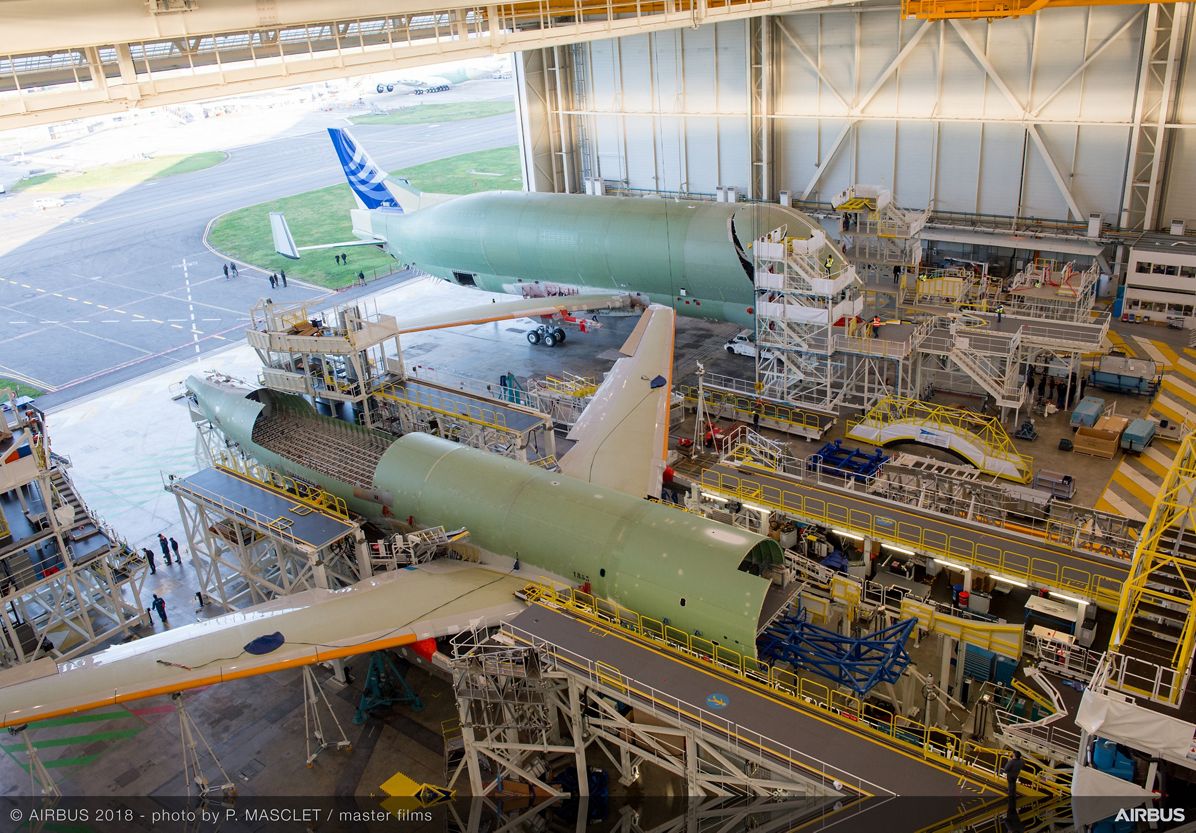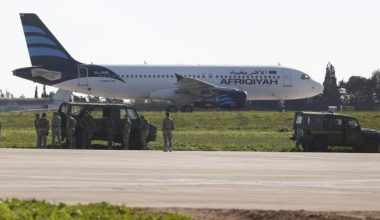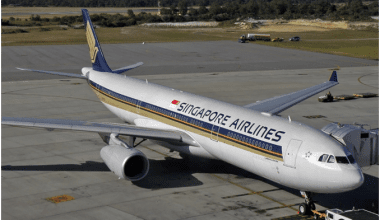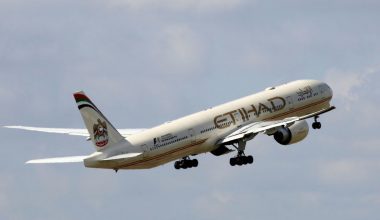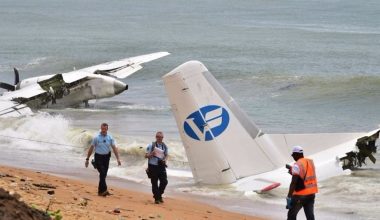-TOULOUSE
The first structurally complete airframe for the new Airbus BelugaXL has rolled out from its assembly hangar in Toulouse, France, the manufacturer said Tuesday. Based on an A330-200F airframe, the planned fleet of five BelugaXLs will provide 30 percent more transport capacity than the Beluga-600XTs they will replace. For example, each can carry a complete set of A350XWB wings, compared with just one wing for the 600XT. Similarly, it can carry more parts of the A320. In total, the new Beluga can carry 52 metric tons of payload over a distance of 2,200 nm nonstop.
Final assembly of the first airframe started in January 2017 at the A380 factory in Toulouse. Airbus expects first flight to occur in mid-2018. Plans call for the first two aircraft to participate in the flight-test program, scheduled for just under 1,000 hours. It expects the first airplane to enter service in mid-2019, when it starts transporting wings between Broughton, UK; Bremen, Germany; and Toulouse, France. After the first airplanes enter service, a new BelugaXL will come on line every year until 2022.
The five existing Beluga-600XTs, which will reach mid-life in 2018/19, will gradually retire from service but will continue to fly alongside the XLs. Their future remains unclear, but Airbus is studying possibilities for service with operators interested in oversize transport, it said.
“We have the A330 as a foundation,” said Bertrand George, head of the BelugaXL program. “But many changes have been successfully designed, introduced into the aircraft, and tested. Transforming an existing product into a super transporter is not a simple task. The whole team is really looking forward to seeing its first flight and, of course, its smiling livery,” he said, referring to the supersized smile that will be painted across the “face” of the transporter, the winning design of six options presented to Airbus employees for a vote in early 2017.
Before first flight can happen, the aircraft will undergo a months-long battery of tests after installation of its two jet engines, ensuring each of the BelugaXL’s systems functions as intended. “We will perform bench tests in Toulouse and Hamburg, Germany—testing our systems on flight simulators and in laboratories” as well as using hydraulic jacks to simulate flight loads on full-scale copies of specific joints between the new upper bubble and the A330’s lower fuselage.
“The data from these tests will be used to clear the aircraft for flight and, later on, to attain type certification,” said George.
While the first structurally complete BelugaXL moves into its testing phase, the second A330 to be converted into a BelugaXL arrived on schedule in Toulouse to begin its integration process. George noted that with lessons learned from the production of the first transporter, Airbus expects assembly of the second will take about two months less.
